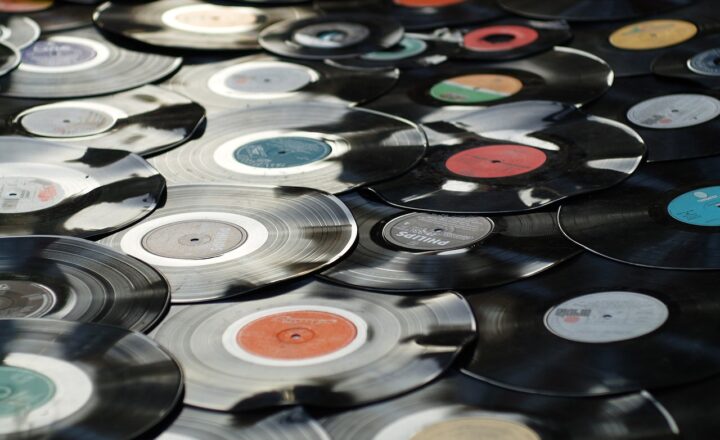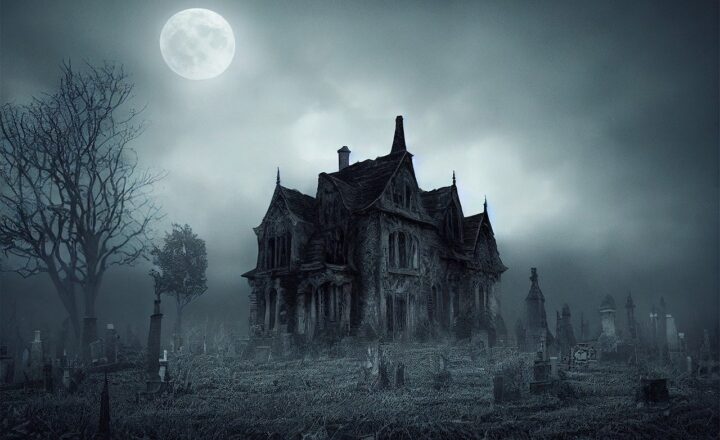The Role of Music and Sound Design in Creating Memorable Horror Movies
November 17, 2024

Horror movies have long been a staple in the film industry, captivating audiences with spine-chilling tales that provoke fear, suspense, and a sense of the unknown. While visual storytelling plays a crucial role in delivering these eerie narratives, it is the auditory experience—music and sound design—that often truly elevates a horror film, making it unforgettable. With carefully crafted soundscapes and haunting melodies, filmmakers can evoke emotions and sensations that visuals alone may not accomplish.
1. The Psychological Impact of Sound in Horror
Research in psychology shows that sound can deeply affect our emotions and perceptions. The human brain processes auditory stimuli at an impressively rapid pace, making it a potent tool for filmmakers. In horror cinema, sound effects and music work together to create an atmosphere that immerses the viewer in a state of fear or unease.
Various auditory techniques are utilized to manipulate emotions, including:
- Dissonance: Dissonant sounds—those that clash or do not harmonize—are often employed to evoke discomfort. Many horror films use dissonant chords or unsettling sound effects that trigger an instinctive feeling of danger in viewers.
- Silence: Interestingly, silence can be one of the most effective tools in horror filmmaking. A sudden absence of sound creates suspense and builds tension, keeping the audience at the edge of their seats in anticipation of what might come next.
- Repetition: Sounds that are introduced repetitively can become ingrained in the minds of viewers. A haunting melody or an unsettling sound cue can linger long after the film ends, amplifying the horror experience.
The psychological response to these sound techniques is vital in crafting a successful horror film. By blurring the lines between reality and imagination, sound heightens the viewer’s anxiety and fear, making the experience all the more memorable.
2. Iconic Soundscapes in Horror Cinema
Several classic horror films are renowned not just for their plots but also for their unique soundscapes. Here are standout examples where music and sound design became essential elements of the story:
- Psycho (1960): Alfred Hitchcock’s masterpiece prominently features the unsettling string composition of Bernard Herrmann. The iconic shower scene is a perfect illustration of how piercing strings can elevate tension and instill fear in the audience.
- The Exorcist (1973): The chilling sound design crafted by sound designer Gordon McCallum created one of the most disturbing audio experiences in cinema history. From the sounds of the possessed girl’s guttural voice to the eerie ambience, the film’s soundscape remains one of the most memorable in horror history.
- A Nightmare on Elm Street (1984): The score by Charles Bernstein combined with the unique use of synthesizers created auditory terror. The film’s iconic nursery rhyme played throughout enhances the unsettling experience, reflecting the twisted nature of Freddy Krueger.
These films demonstrate how skilled composers and sound designers can create defining auditory experiences that contribute to the overall impact of horror films.
3. The Composer’s Touch: Crafting the Soundtrack
The soundtrack of a horror movie is integral to its identity. Composers take on the challenging task of evoking fear through melodies, harmonies, and instrumentation that will resonate with viewers. Let’s explore a few techniques composers often employ:
- Using Unconventional Instruments: Many horror film composers use unusual instruments or sounds—such as theremins, hand cranked music boxes, or even everyday objects—to create eerie atmospheres. These unexpected sounds can serve to unsettle viewers and provoke a physical reaction to what they’re seeing on screen.
- Minimalism: A minimalist approach often proves effective in horror soundtracks. Simple, repetitive motifs can enhance feelings of dread and anticipation while leaving ample space for sound effects to play a crucial role in the storytelling.
- Dynamics and Crescendo: Many horror soundtracks utilize dynamic ranges that shift from quiet and subdued to loud and chaotic in a matter of moments. This technique plays with the viewer’s emotions, drawing them into the narrative while also increasing their anxiety as the tension builds.
These techniques showcase why the role of a composer is paramount in the horror genre. With a powerful score, a horror film can transform a mere narrative into a compelling emotional journey.
4. Sound Effects: Building Tension and Fear
Sound effects are another pillar of audio design in horror filmmaking. Incorporating practical sound effects matched with high-quality post-production audio can elevate the eerie nature of a scene.
Some notable sound effect techniques include:
- Foley Articulations: The art of Foley involves creating and recording everyday sounds that enhance the realism of a scene. From the creaking of floorboards to the rustling of leaves, Foley artists painstakingly craft each sound, bringing an added layer of realism that makes horror narratives more immersive.
- Layering Sounds: Effective sound design involves layering various sounds to create a complex auditory environment. By blending multiple sounds together—like whispers, unsettling ambiance, and unsettling echoes—filmmakers can create a rich texture that enhances the film’s atmosphere and heightens emotions.
- Bass Frequencies: Low-frequency sounds can create feelings of unease and dread. Many horror films incorporate deep bass rumblings or subsonic tones that can physically resonate with the viewer, producing an unsettling experience in the cinema that can affect the body, making the audience feel the horror of the story vividly.
Through these sound techniques, the psychological effects of the story are amplified, creating a heavier experience behind the visuals.
5. Conclusion: The Lasting Impact of Sound in Horror
In conclusion, music and sound design are essential elements that transform a standard horror movie into an unforgettable experience. An orchestral score or haunting sound effects do more than accompany the visuals; they manipulate emotions, set the tone, and reinforce the narrative, drawing the audience deeper into the film’s world. The ability of sound to evoke visceral reactions ensures that horror movies persist in the cultural consciousness long after the credits roll.
Ultimately, it is when filmmakers expertly combine visuals with powerful soundscapes that horror films achieve lasting resonance, instilling fear and leaving audiences forever haunted by what they watched. Next time you settle in for a good scare, take a moment to appreciate the sounds behind the scenes that make those moments possible.
If you have a penchant for horror or simply appreciate the art of sound design in cinema, consider how intricately sound shapes your viewing experience and amplifies the raw emotions that horror films elicit.







